Japanese researchers detected ammonia and nitrogen-rich soluble organic matter covering all five DNA nucleobases in samples returned in 2023, supporting some theories for the origin of life on earth.
From Hokkaido University 01/02/25 (first released 29/01/25)

Asteroids, small airless bodies within the inner Solar System, are theorized to have contributed water and chemical building blocks of life to Earth billions of years ago.
Although meteorites on Earth come from asteroids, the combination of exposure to moisture in the atmosphere and to an uncontrolled biosphere means that interpreting the data from them is challenging.
Pristine samples collected from asteroids in space would be the ideal candidates, and successful sample collection missions have only been achieved by two countries: Japan (Hayabusa and Hayabusa2) and the United States (OSIRIS-REx).
NASA’s OSIRIS-REx mission returned 121.6 grams of sample from asteroid (101955) Bennu in September 2023—the largest sample ever returned to Earth.
Now, an international team of OSIRIS-REx sample analysis team scientists, led by Dr. Daniel Glavin and Dr. Jason Dworkin at the NASA Goddard Space Flight Center, has reported the discovery of ammonia and nitrogen-rich soluble organic matter in these samples.
The findings were published in the journal Nature Astronomy.
Among the findings, the Japanese contributors detected all five nitrogenous bases, molecules required for building DNA and RNA, supporting the theory that asteroids could have brought the building blocks of life to Earth.
The Bennu samples from NASA were handled under nitrogen to prevent contamination by Earth’s atmosphere.
A 17.75 mg sample was processed and analyzed for N-heterocycles—organic molecules with a ring structure containing carbon and nitrogen—using high-resolution mass spectrometry at Kyushu University.
The analysis was carried out by a research team, whose members are part of the OSIRIS-REx sample analysis team, consisting of Associate Professor Yasuhiro Oba of Hokkaido University, Principal Researcher Yoshinori Takano of JAMSTEC and Keio University, Dr. Toshiki Koga of JAMSTEC, Professor Hiroshi Naraoka of Kyushu University, and Associate Professor Yoshihiro Furukawa of Tohoku University.
The analysis revealed that the concentration of N-heterocycles is approximately 5 nmol/g, 5–10 times higher than that reported from Ryugu.
In addition to the five nitrogenous bases—adenine, guanine, cytosine, thymine and uracil—required for building DNA and RNA, the researchers also found xanthine, hypoxanthine, and nicotinic acid (vitamin B3).
“In previous research, uracil and nicotinic acid were detected in the samples from asteroid Ryugu, but the other four nucleobases were absent.”
“The difference in abundance and complexity of N-heterocycles between Bennu and Ryugu could reflect the differences in the environment to which these asteroids have been exposed in space,” Koga explains.
Samples from the meteorites Murchison and Orgueil were also processed and analyzed previously under identical conditions for comparison.
The research team observed that the ratio of purines (adenine and guanine) to pyrimidines (cytosine, thymine and uracil) was much lower in the Bennu samples compared to both Murchison and Orgueil.
“There are multiple possible reasons for this observed difference,” Oba says.
“They may be due to differences in parent bodies or formation pathways, or the Bennu asteroid was exposed to a cold molecular cloud environment where pyrimidine formation is more likely to occur.”
“Our findings, which contribute to the larger picture painted by all the authors of the paper, indicate that nucleobase chemistry in the Bennu samples must be further studied,” concluded Naraoka.
Another important result of this study is that, by comparing meteorites with Bennu samples, a reference for the reanalysis of other meteorites in collections across the globe has been created.

More info
You may also be curious about:
-

New brain-reading video game reduces chronic nerve pain
-

Black tea and berries could contribute to healthier aging
-

Viral mouth-taping trend ‘sus’ says Canadian sleep expert
-
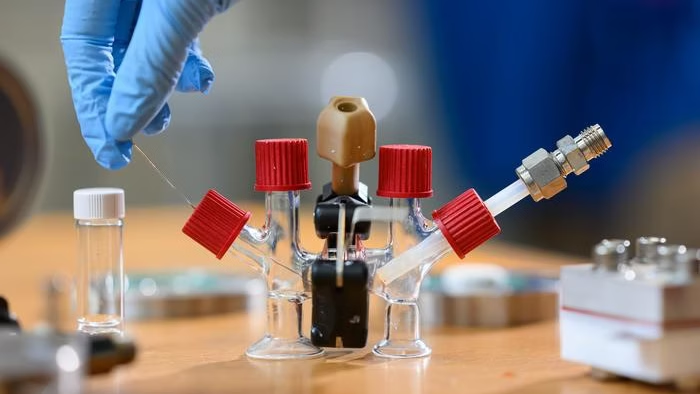
New sodium fuel cell could enable electric aviation
-
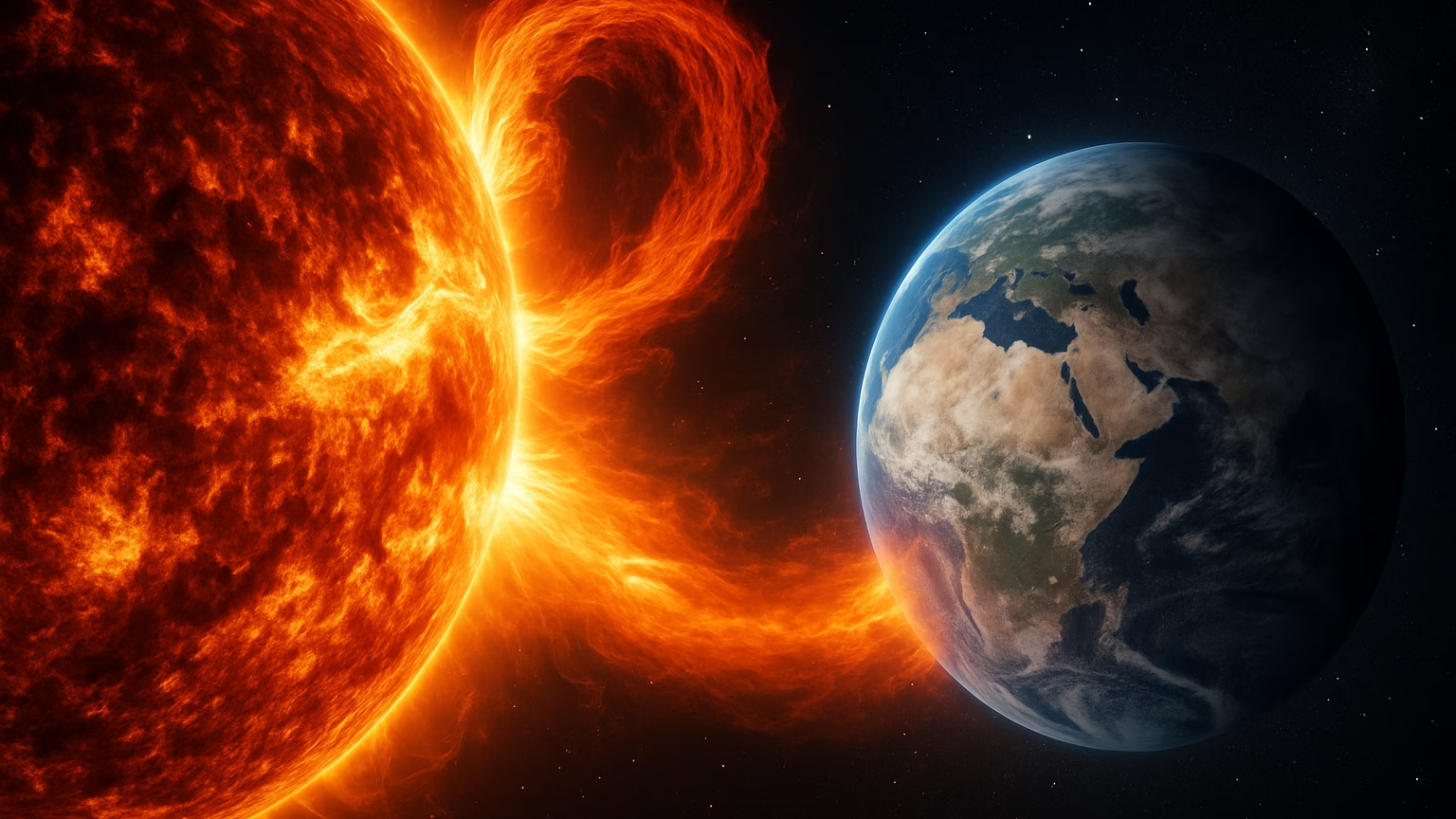
The most extreme solar storm hit Earth over 14,000 years ago, scientists identify
-
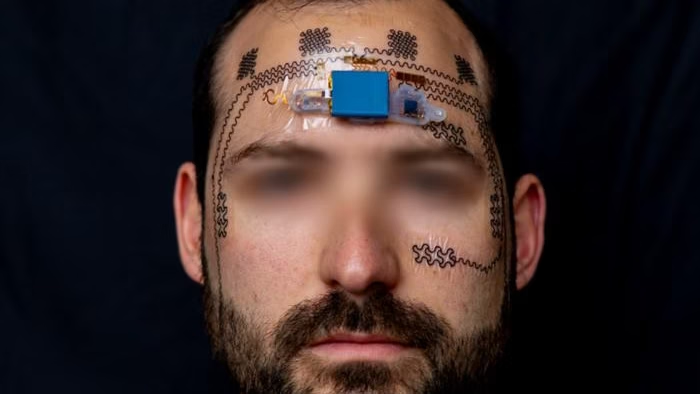
Electronic face tattoo gauges mental strain
-
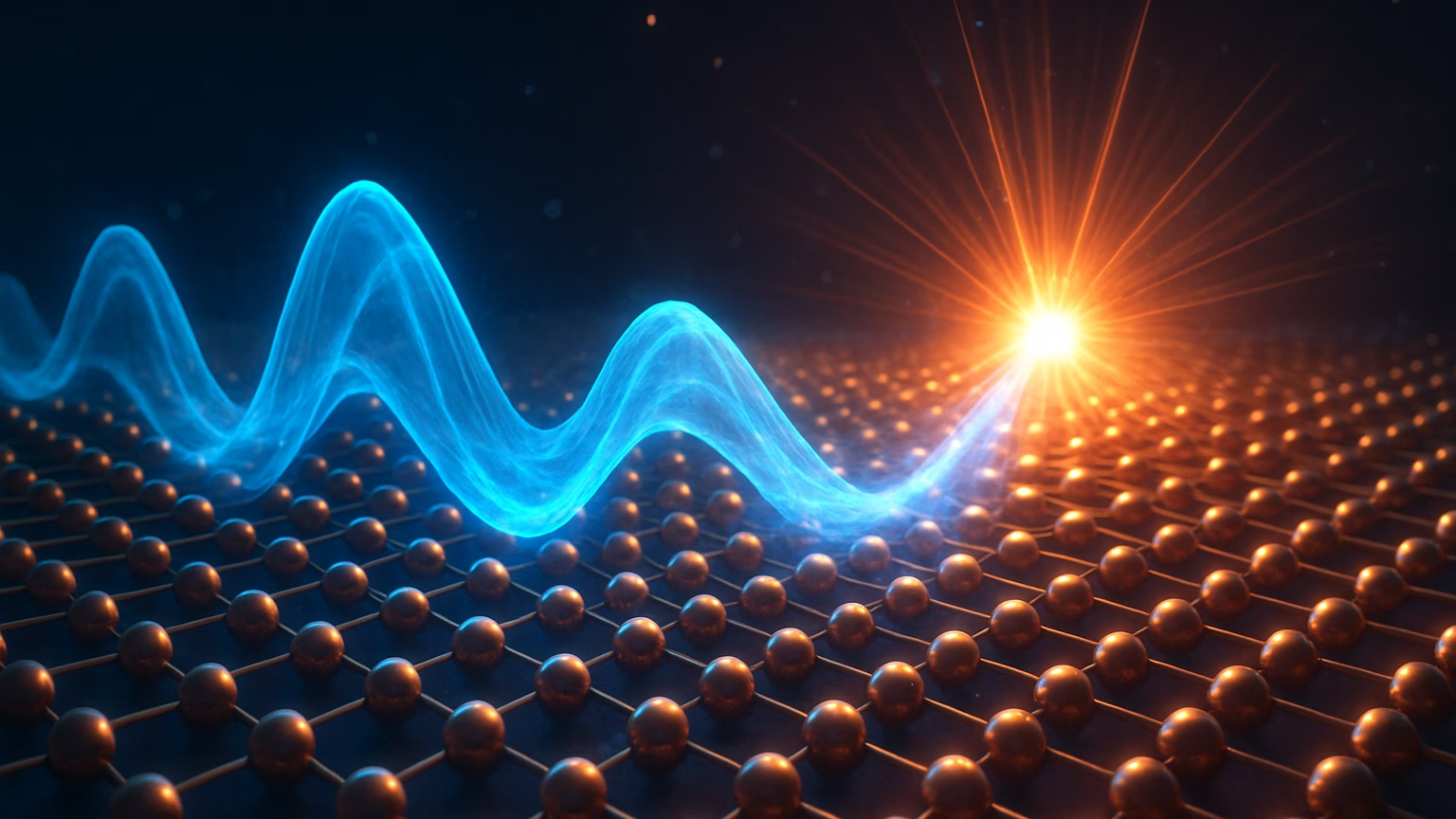
Solitonic superfluorescence paves way for ambient temp quantum computing
-
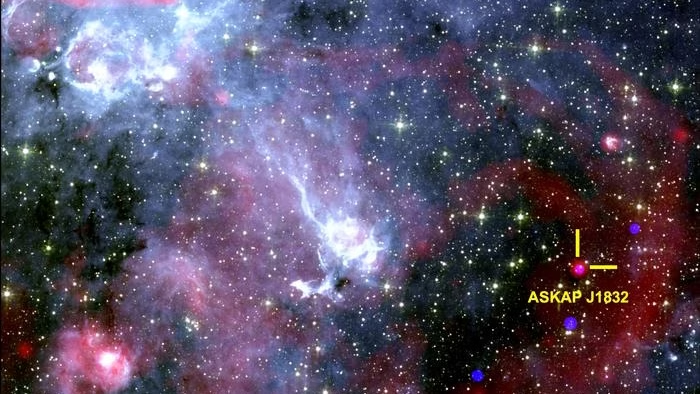
Cosmic mystery deepens as astronomers find object flashing in both radio waves and X-rays
-

The rotors are also the wheels on this morphobot
-
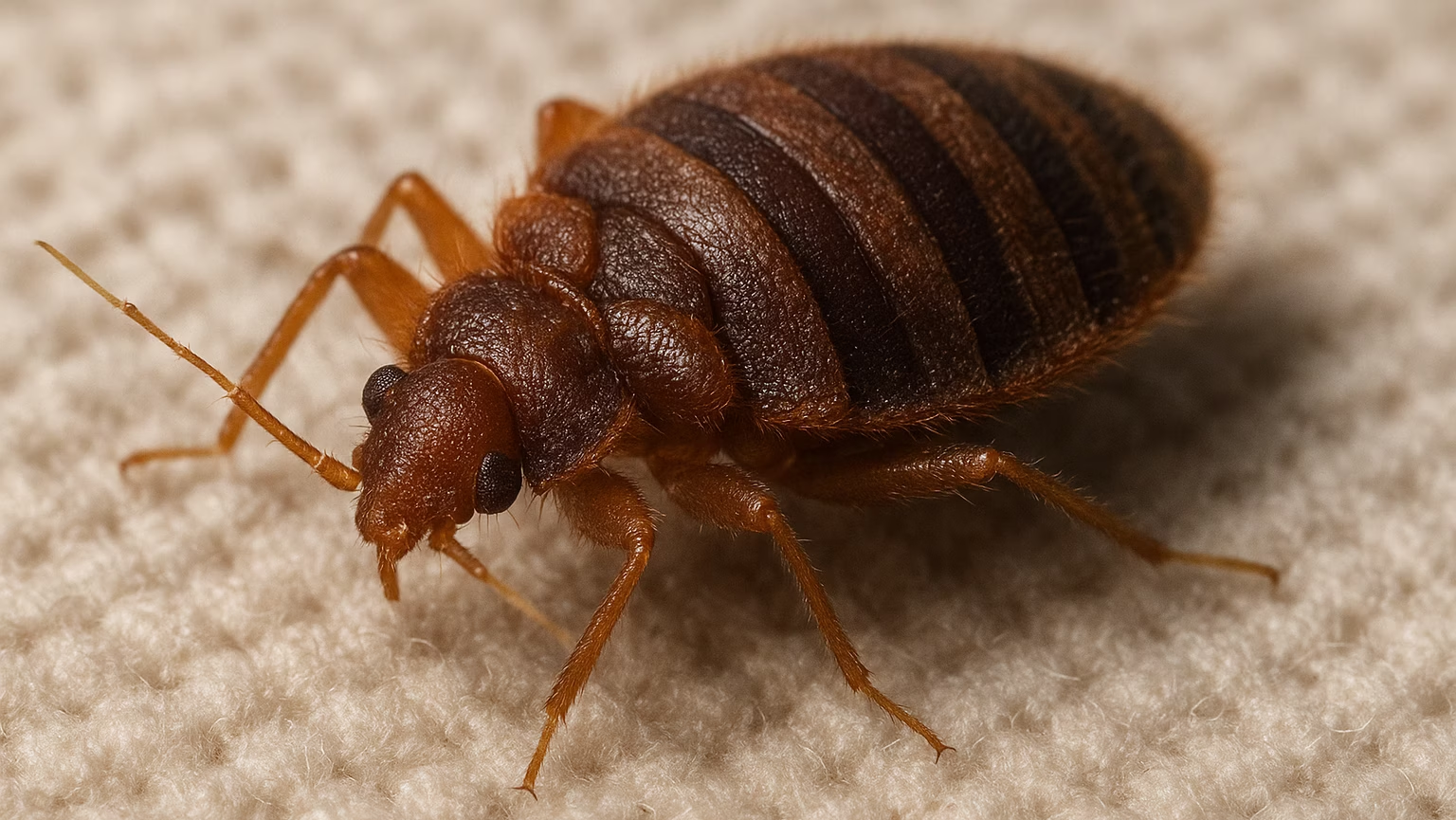
Bed bugs are most likely the first human pest, 60,000 years and counting
-

What lurks beneath? Only 0.001 percent of the deep seafloor has been imaged
-
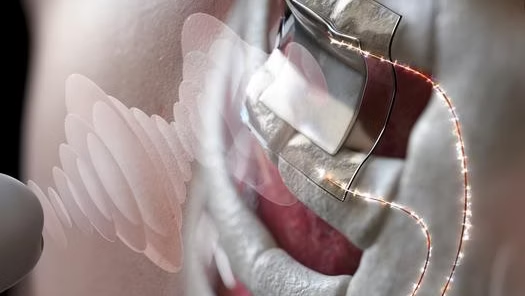
Ultrasonic wireless charging for implanted medical devices
